Have you ever considered how important it is to be able to move silently in a survival scenario? In a world where noise can alert potential threats to your presence, mastering the art of silent movement can be a crucial skill for any prepper. Let’s explore some stealth techniques that can help you move undetected in various situations.
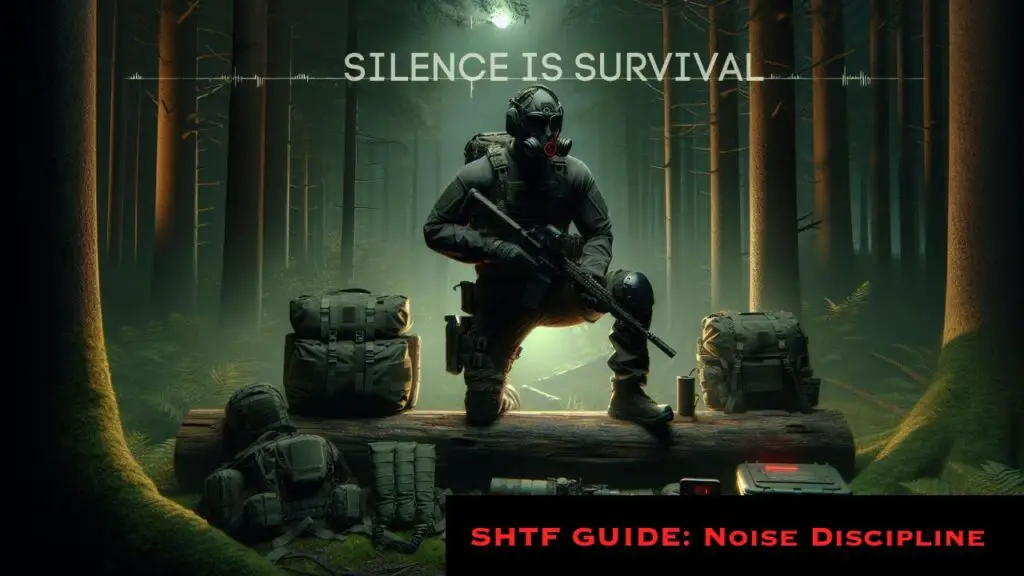
Understanding the Importance of Silent Movement
When it comes to survival, being able to move quietly can mean the difference between staying hidden from potential dangers and being discovered. Any noise you make, whether it’s a twig snapping underfoot or the rustling of leaves, can alert others to your presence. By mastering silent movement techniques, you can enhance your stealth and improve your chances of survival in a variety of scenarios.
Why Silent Movement Matters
Imagine you’re navigating through an urban environment during a disaster, or trying to avoid detection in a wilderness setting. The ability to move quietly can help you gather information, avoid confrontations, and stay safe by maintaining the element of surprise. By understanding the importance of silent movement, you can take proactive steps to enhance your survival skills and increase your chances of success in challenging situations.
Key Principles of Silent Movement
When it comes to moving silently, there are several key principles that preppers should keep in mind. By mastering these fundamentals, you can improve your stealth and reduce the risk of detection.
Footwear Selection
Choosing the right footwear is essential for silent movement. Opt for shoes or boots that provide good grip and minimal noise when in contact with various surfaces. Avoid shoes with squeaky soles or metal components that could produce unwanted sounds.
Movement Speed
Maintaining a slow and steady pace can help minimize noise and reduce the chances of detection. Rushing or moving too quickly can lead to mistakes and unnecessary noise. Focus on taking deliberate steps and pay attention to your surroundings to ensure a smooth and silent movement.
Body Posture
Your body posture plays a crucial role in your ability to move quietly. Keep your body relaxed and your movements fluid to minimize unnecessary noise. Avoid stiff or jerky movements that can create vibrations and alert others to your presence.
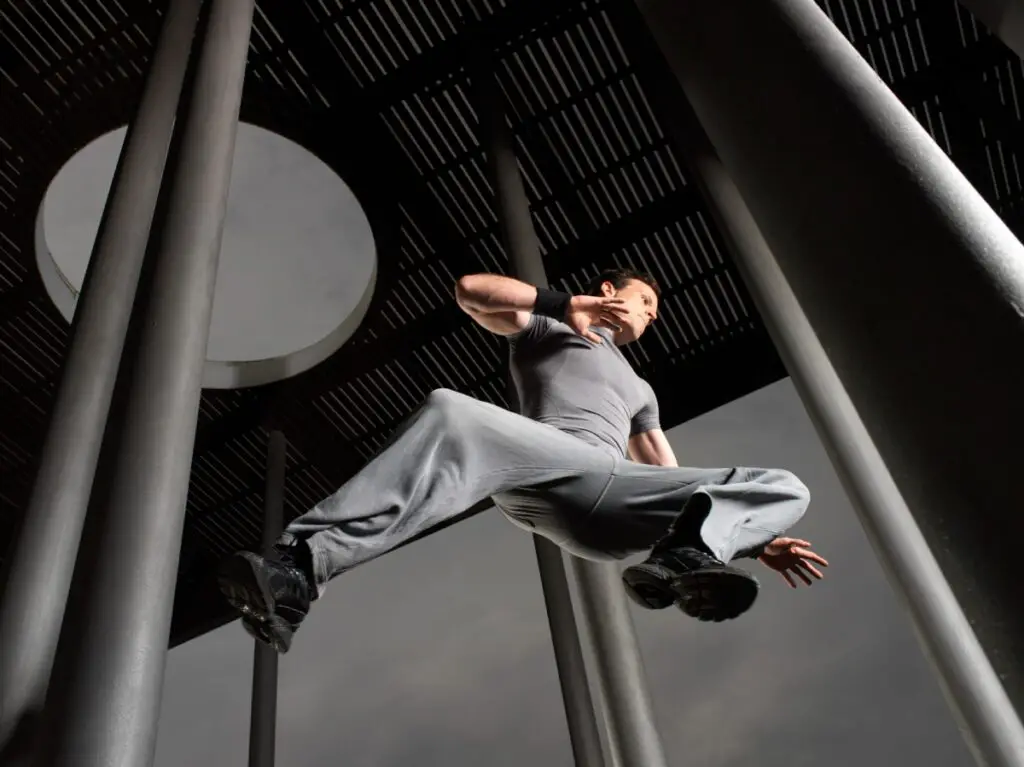
Techniques for Silent Movement
Now that you understand the importance of silent movement and the key principles involved, let’s discuss some specific techniques that can help you enhance your stealth skills in a survival scenario.
Walking Techniques
When walking silently, focus on rolling your feet from heel to toe and keeping your weight centered over your feet. Avoid dragging your feet or shuffling, as this can create noise. Take small steps and distribute your weight evenly to move quietly.
Crawling and Low-Crawl
Crawling can be an effective way to move silently, especially in situations where standing or walking is not an option. Practice low-crawl techniques by keeping your body close to the ground and moving slowly and smoothly. Use your elbows and knees to propel yourself forward while minimizing noise.
Tree-Climbing
In some scenarios, climbing a tree can provide a vantage point or a means of escape. Practice climbing trees quietly by selecting sturdy branches, using proper handholds, and moving deliberately. Be mindful of your surroundings and avoid making sudden movements that could alert others to your presence.
Stealthy Movement in Urban Environments
Navigating through urban settings requires a different approach to silent movement. Avoid well-lit areas and noisy surfaces, such as metal grates or loose pavement. Stick to the shadows, move slowly from cover to cover, and avoid unnecessary risks that could compromise your stealth.
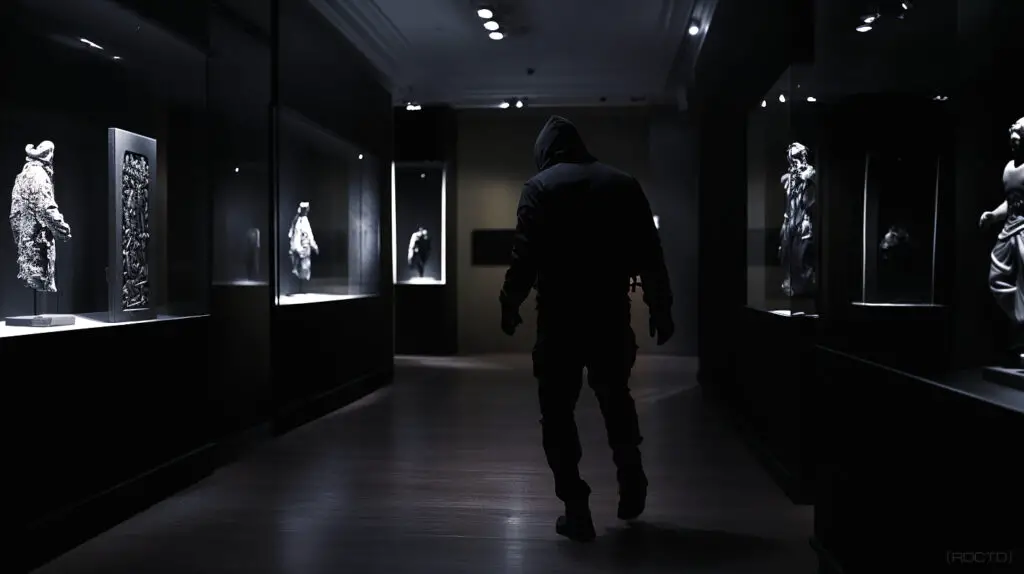
Tools for Silent Movement
In addition to mastering the techniques of silent movement, preppers can benefit from using specialized tools and equipment to enhance their stealth skills. Here are some essential tools that can aid in silent movement in various scenarios.
Ghillie Suit
A ghillie suit is a type of camouflage clothing that can help preppers blend into their surroundings and avoid detection. Choose a ghillie suit that matches the terrain you are operating in and practice moving silently while wearing it to ensure maximum effectiveness.
Night Vision Goggles
Night vision goggles can provide preppers with the ability to see in the dark and navigate through low-light environments with ease. Use night vision goggles to enhance your situational awareness and move silently during nighttime operations.
Lock Picking Tools
In urban settings, being able to bypass locked doors or gates quietly can be a valuable skill. Invest in lock picking tools and practice using them to gain access to secure areas without alerting others to your presence. Remember to only use these tools in emergency situations or where legal.
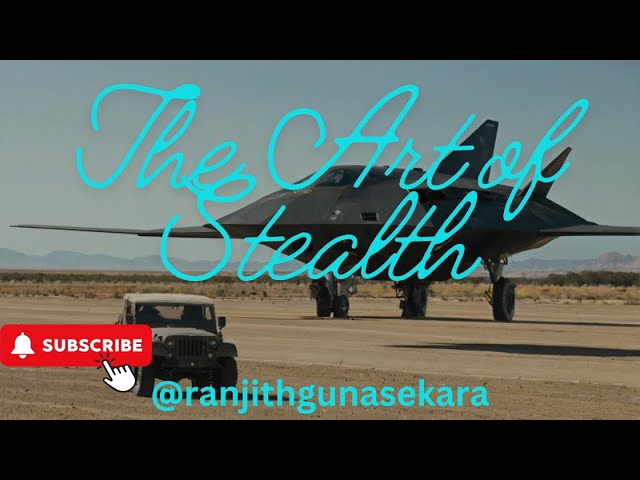
Training and Practice
Like any skill, mastering the art of silent movement requires regular training and practice. Dedicate time to honing your stealth techniques in various environments and scenarios to build confidence and proficiency. Consider enrolling in classes or workshops that focus on survival skills and stealth tactics to enhance your knowledge and abilities.
Solo and Group Exercises
Practice silent movement techniques both alone and with a group to simulate different scenarios and challenges. Solo exercises can help you develop individual skills and awareness, while group exercises can teach you how to coordinate movements and communicate silently with others.
Nighttime Training
Nighttime training sessions can help preppers refine their stealth skills in low-light conditions. Practice moving silently, navigating through darkness, and using night vision equipment to enhance your abilities in nighttime operations. Remember to prioritize safety and visibility during nighttime training exercises.
Scenario-Based Drills
Engage in scenario-based drills that simulate real-life survival situations to test your silent movement skills under pressure. Create scenarios that challenge your ability to move quietly and adapt to changing environments, such as urban settings, wooded areas, or confined spaces. Review your performance after each drill to identify areas for improvement and refine your techniques.
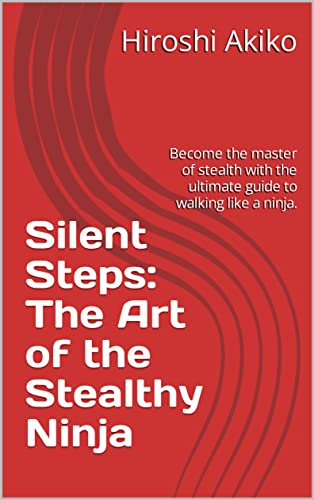
Conclusion
In a survival scenario, your ability to move silently can be a critical factor in ensuring your safety and success. By understanding the importance of silent movement, mastering key principles, learning specific techniques, utilizing tools effectively, and dedicating time to training and practice, you can enhance your stealth skills and increase your chances of survival as a prepper. Remember to stay vigilant, adaptable, and proactive in honing your silent movement abilities to navigate through challenging situations with confidence and efficiency.
